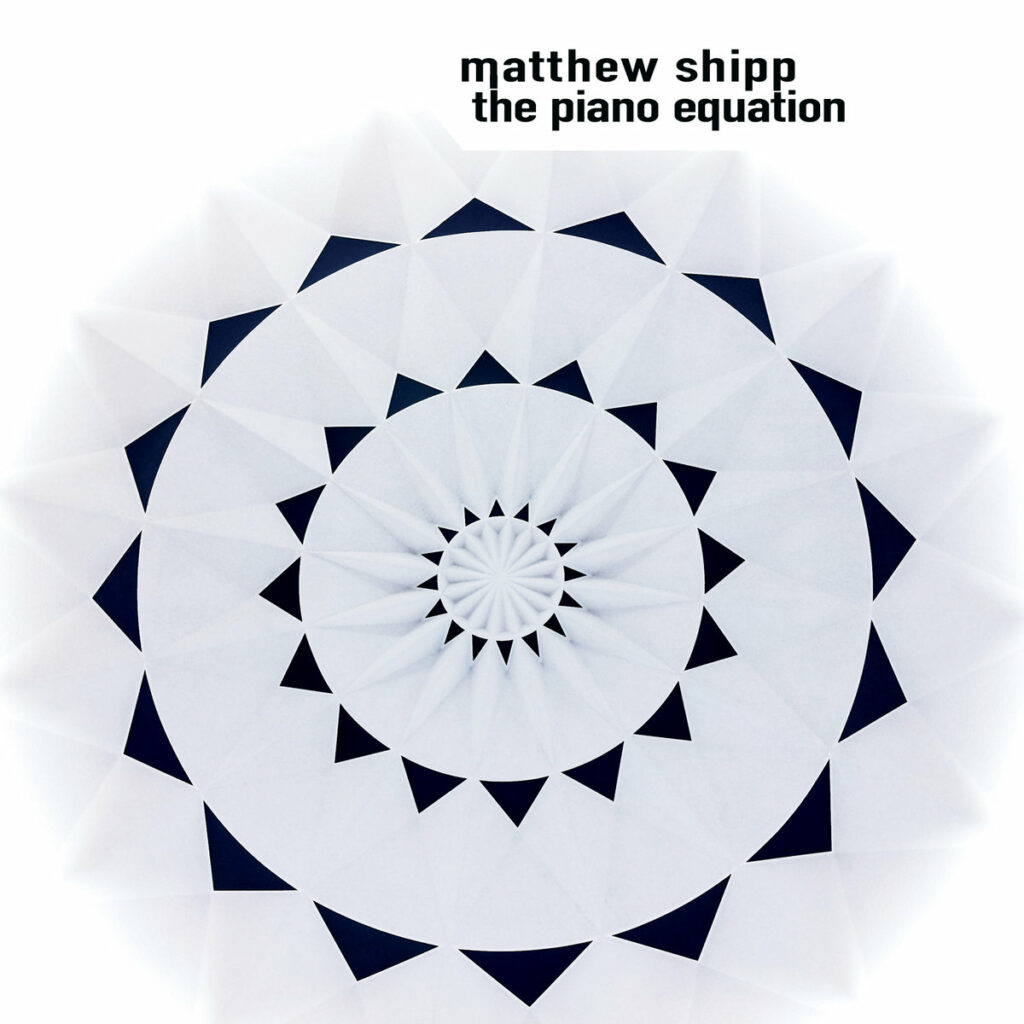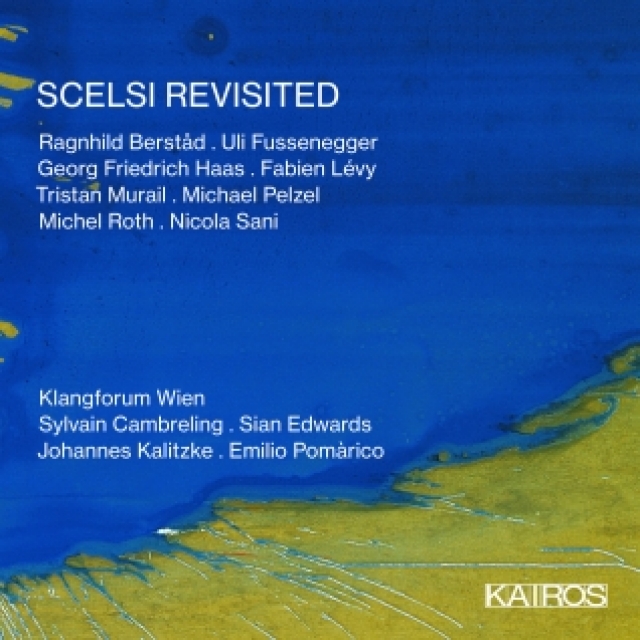
Matthew Shipp
The Piano Equation
Tao Forms CD
Jazz pianist Matthew Shipp turned sixty this year and celebrated in part with the solo release The Piano Equation. Shipp is an extraordinarily prolific recording artist, with dozens of releases as leader or co-leader and numerous more as a supporting musician; his solo catalog alone is extensive. Despite this embarrassment of riches, The Piano Equation is a standout recording, a state-of-the-art summary of the myriad playing styles at Shipp’s disposal.
The title track shifts harmonic identities from modal changes to dissonant structures, all of them buoying an arcing, long-lined melody. “Swing Note from Deep Space” has a Monk-like vibe, with hard bop phrasing, buoyant walking bass, and filigreed passagework. In one of several multifaceted pieces on the recording,
“Void Equation” moves between pointillism and bluesy riffs and builds a fast-paced ostinato before returning to the fragmentary nature of its opening.
“Piano in Hyperspace” is an intricate ballad with staccato vertical interjections providing a bit of grit to counteract otherwise limpid textures. Two other ballads, “Land of the Secrets” and “Tone Pockets,” show Shipp creating impressionist whorls of neo-traditional materials in a delicate contrast to his more modern offerings.
Just as the pianist can play with considerable delicacy, Shipp also can let loose a tsunami of powerful free playing, as he does on “Vortex Factor.” “Radio Signals Equation” is a propulsive, swinging take on post-tonality, while “Clown Pulse” is a bumptious take on hard bop. Fleet and varied in terms of its surface, its asymmetrical blocks taking on a Stravinskyian cast, “Emission” is Shipp at his most distinctive. The album closer “Cosmic Juice” is another standout, with angular shifts between registers periodically suspended by minimal repetition and sepulchral low passages offset by treble register tightly voiced chords and shards of melodic material.
The Piano Equation is just one of several recordings released this year by the sexagenerian Shipp. His energy and creativity is indefatigable and shows no signs of flagging.
-Christian Carey

